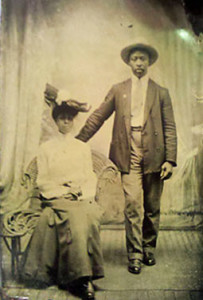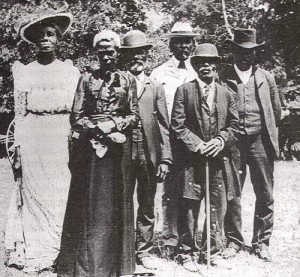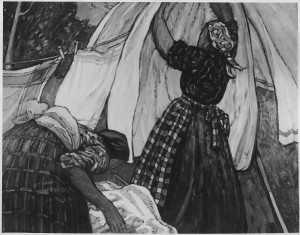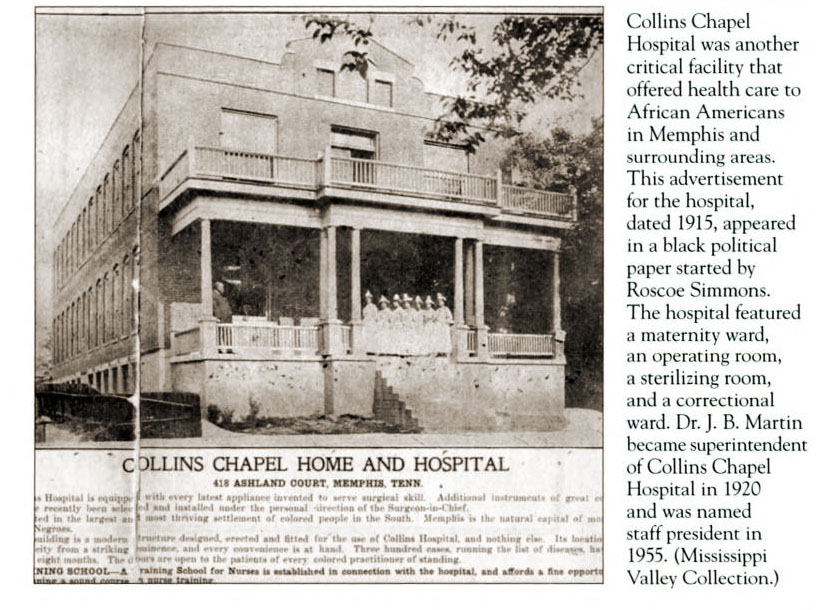
Today begins the 2015 A-Z Challenge. This year I will be writing a series of sketches about those formerly enslaved on the Cleage plantations in Athens Tennessee. Most are not related to me by blood. Our families came off of the same plantations – those of Samuel, Alexander and David Cleage, but were not blood relatives. Enlarge images by clicking on them.
Abraham Cleage was born into slavery in about 1838 in McMinn County, Tennessee. By 1864, the Union troops were in control of Eastern Tennessee. Abraham left slavery and enlisted with the United States Colored Troops Heavy Artillary Unit in Knoxville, TN on July 4, 1864. His enlistment papers described him as 5 ft 7 in with black hair, black eyes and a dark complexion. On March 31, 1866, he was mustered out in Chattanooga, TN. He had $42.15 due him.
Amanda Cleage was born about 1837. She and her parents, Clinton and Sallie, were slaves on David Cleage’s plantation in McMinn County. Abraham and Amanda married in 1870. Reconstruction was over. With it’s end came the rise in lynchings, Jim Crow laws legalizing segregation in trains, street cars, restaurants, waiting rooms and schools. The right to vote was stolen through the use the poll tax, literacy tests, grandfather clauses and property ownership requirements.

Not long after their marriage the couple moved west to Austin, Travis County, Texas. It is likely that they took a train. There was a train station in Athens and tracks connected all the way to Texas. Their daughter Sarah was born there in 1876. In 1880 Abraham was working as a laborer. In addition to their family, the household included a border, Richard Cleage, age 21. There is a Richard Cleage, same age, who appears in the 1880 census back in Athens with two children born in Texas.
They lived in Austin from at least 1876, when their daughter was born, until they appear in the Los Angeles City Directory in 1888. Abraham worked as a laborer. Amanda kept house.

They would have participated in the local Juneteenth Celebrations. “Although news of emancipation came at different times during that Texas summer and autumn 1865, local blacks gradually settled on June 19 (Juneteenth) as their day of celebration. Beginning in 1866 they held parades, picnics, barbecues, and gave speeches in remembrance of their liberation. By 1900 the festivities had grown to include baseball games, horse races, street fairs, rodeos, railroad excursions, and formal balls. Two distinct trends emerged with these early celebrations. First the oldest of the surviving former slaves were often given a place of honor. That place of honor rose in direct proportion to the dwindling numbers of survivors with each passing year. Secondly, African Americans in Texas initially used these gatherings to locate missing family members and soon they became staging areas
In 1888 the family relocated to Los Angeles, California where Abraham registered to vote and continued to work as a laborer. In 1893 he filed for his pension as an invalid. Amanda was not working outside of the home during these years. By 1900, they owned their own home, with a mortgage. Abraham could neither read or write. Amanda could read but not write. Abraham was 62. Amanda was getting younger with each passing census and was enumerated as 48, although she was closer to 60. She had given birth to 2 children and both were alive. I can only name one, Sarah, who was 24 and married to Richard Pierce, a carpenter who had been unemployed for 5 months during the past year. Sarah had given birth to 2 children but only 1, 6 year old Evelyn was living. Sarah and Richard could read and write. They were all living with Abraham and Amanda.
Abraham died on April 14, 1908. He is buried in the Long Beach Municipal Cemetery. Although I found his information in several death indices, I have not found a death certificate and so do not know how he died. Amanda began to receive her widow’s pension the following month.
By 1910 only one of Amanda’s children was still living. I cannot find Sarah anywhere, I assume she died. Sarah’s husband, Richard Pierce has remarried and is living with his new wife and young daughter. Evelyn, Sarah’s daughter is missing. It is possible she is living with the other living child. Amanda began taking in laundry to support herself.
1916 found Amanda back in Austin, Texas, continuing to take in washing. Perhaps she was working her way back East, because by 1920 she was once again living in Athens Tennessee, on her own and still doing laundry. She gave her age as 58, but she was closer to 83.
On July 22, 1921, Amanda broke her leg, receiving a compound, open, fracture. She was taken to Collins Chapel Hospital in Memphis. Her sister Lydia and her husband Charles lived in Memphis. Amanda may have been visiting or may have moved to Memphis to be closer to her sister. Two weeks later her kidneys failed and she was dead at 84 years. Lydia was the informant on the death certificate.
Amanda Cleage was buried in Mt. Zion Cemetery on August 9, 1921. According to the Tennessee Historical Commission, “Zion Cemetery, comprising 15 acres, was established in 1879 by the United Sons of Zion Association who responded to the need for a respectable burial site for African Americans.” As time passed and the original founders died, there was no organization to continue caring for the cemetery and it became seriously overgrown until it was impossible to find the graves. In the last several years improvements have been made and 5 acres have been restored. Work is still progressing. The 3 minute video below tells the story.
**************
I gathered this information from census records, death records, city directories at Ancestry.com, FamilySearch.com and other above mentioned online sources.


This is really great, for anyone searching and will be a excellent resource.
I hope someone is searching! That would be so great to meet them.
That’s some very thorough research! Fascinating.
Happy A to Z! 🙂
@TarkabarkaHolgy from
Multicolored Diary – Epics from A to Z
MopDog – 26 Ways to Die in Medieval Hungary
I am sort of addicted to research. It’s hard to stop and write what I’ve got when I still want to learn a few things about this couple – who and where is the 2nd child and who were Abram’s parents.
A wonderful choice of topic and I look forward to reading more.
I should be writing one for B right now!
Wow! You did an amazing job with the research and what great stories to tell. Thanks for sharing this and the video too.
I’m glad you enjoyed it. I enjoyed your information about bag balm. Not the painting the bathroom part, the useful part 🙂
lol, thanks!
Hi Kristin – you’ve managed to find out lots about them .. it must have been a tumultously hard time for them all .. but interesting for us now to find out more .. good to see you over at my blog – we can find clues to life in works of art can’t we .. and sorry that anemones aren’t to be had in your garden ..
Good luck with the A-Z … cheers Hilary
I wish they were in my garden. Anemones are so beautiful.
great work and presented well!
gem!
Thanks Gem! I can always count on you!!
Wonderful research! 🙂
Thanks Jan! And I can always count on you too 🙂
What great information you’ve collected here. I’m so glad to see slave records coming online for future generations to find.
I am too.
I wonder if Miss Amanda had a youthful look in order to decrease her age by decades. Great research.
I don’t know, I hope you are right. I was following one of my great aunts through the census and she also got younger by the decade.
That’s a goldmine of historical information. Great Idea Kristin 🙂
I enjoy mining the information sources.